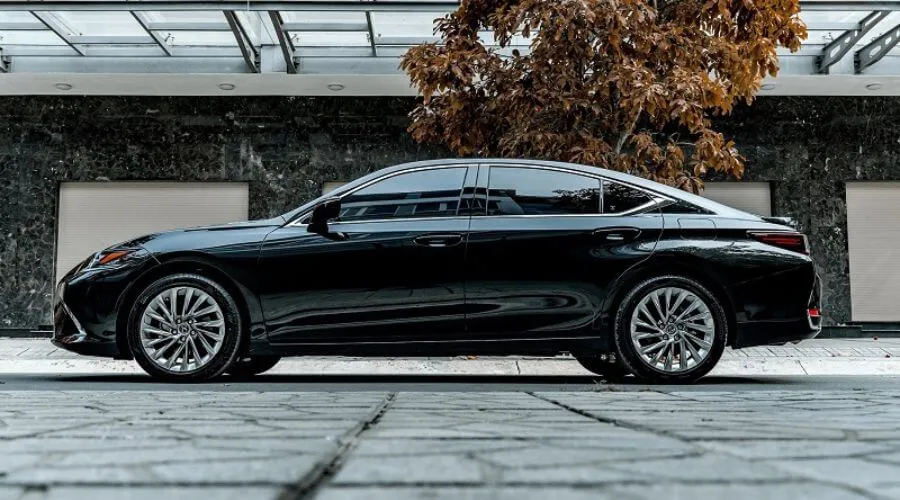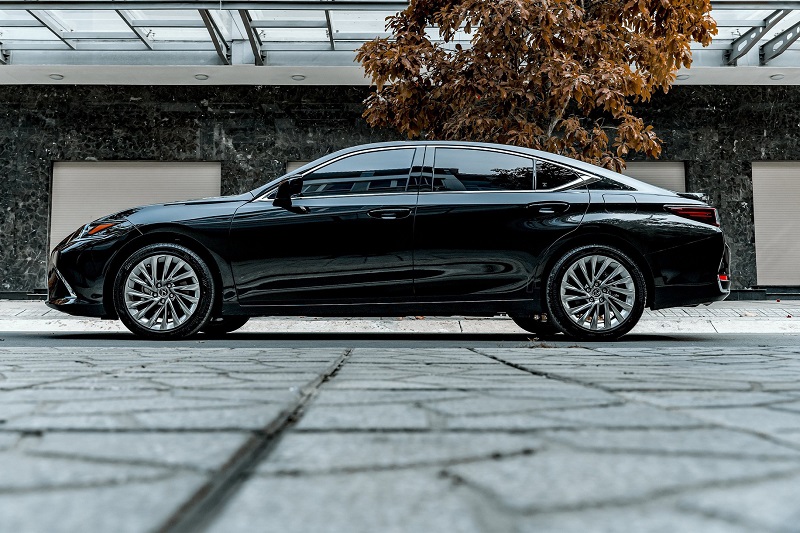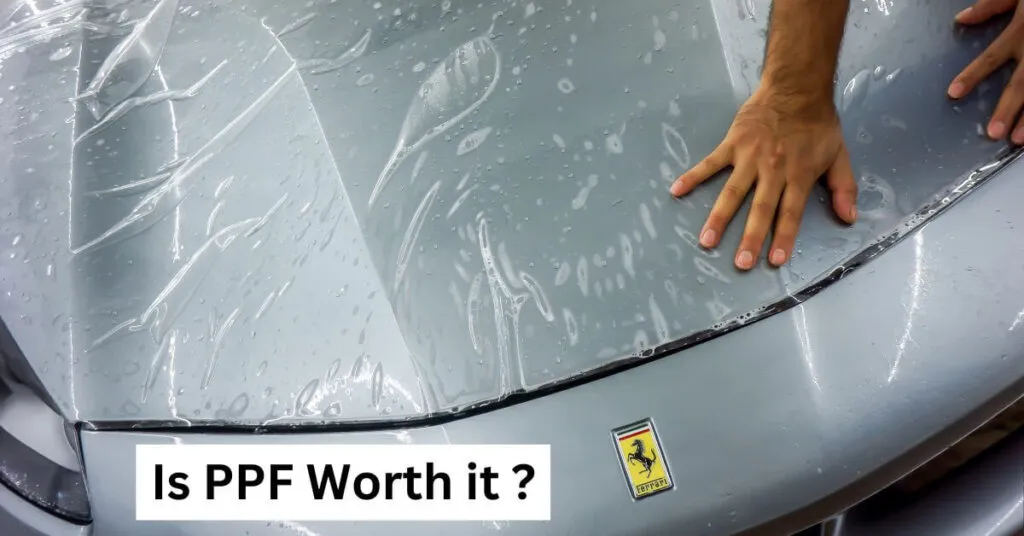Is PPF Worth it? Pros and Cons of Paint Protection Film on Cars – In recent years, the need to protect cars has become more and more popular, especially with expensive luxury cars, car owners always pay attention to this issue. One of the most optimal solutions is applying PPF film to vehicles, which is the most popular today. However, many people still wonder whether they should apply PPF to their cars. It will help you find the answer through the article below.
Table of Contents
What is PPF?
PPF (Paint Protection Film) is a film that protects car paint and interiors. PPF films are flexible and heat resistant, often made from layers of acrylic or urethane.The structure of PPF car stickers includes 4 layers: lining layer, base layer, glue layer and coating layer. In particular, the substrate is durable, flexible, good at heat resistance and resistant to UV rays. Applying PPF film is to protect the vehicle and prevent collisions leading to unnecessary scratches that cause loss of aesthetics.
Advantages and disadvantages of PPF
You invest in buying a luxury car to travel, do business, and show class, so keeping your car always beautiful and shiny is very important.
Advantages & benefits of Paint Protection Film (PPF)
- PPF will help your car prevent scratches, kicks, or light collisions.
- Prevents paint surfaces from UV rays that cause paint surface fading.
- In some cases, the lifespan of PPF can be up to 10 years.
- colored PPF still retains its shine to help the car look like new.
- Anti-fouling, anti-stain from environmental impacts
- Self-healing is an advanced feature that no other method can replace.
- Common scratches and scrapes are repaired using this mechanism.
Disadvantages of Paint Protection Film (PPF)
- If the person applying PPF does it incorrectly or is careless, your car’s shine may be reduced and it may even damage your paint.
- If PPF film is not hydrophobic, the PPF layer may become yellow. However, this drawback can be overcome if the car is coated with ceramic after applying PPF (ceramic coating on the PPF layer). This is considered a maximum protection measure for car paint without reducing the clarity of the paint.
- The price of good PPF is quite high.
- After a long period of use, some locations may be seriously damaged, leading to the need to completely replace that damaged area. This causes a patchwork phenomenon, the two old and new film colors will contrast, causing a loss of aesthetics for the vehicle.
Is PPF Worth it? Should PPF be applied to cars?
From the advantages and disadvantages of PPF film mentioned above, the question “Should PPF film be applied to cars?” is still a concern for many consumers. Be a smart consumer because a car, in addition to its interior and style, is one of the things that creates its value. Therefore, you should consider carefully to use the PPF brand with high quality and efficiency. Applying PPF film is the right choice to protect the new paint layer from environmental factors.
PPF stickers are the most effective method of protecting car paint against flying stones, light collisions and scratches today.
In the highest-end PPF line, TPU, PPF film has the ability to self-heal scratches (scratches under 0.013 mm).
So, for a car you spend a few thousand dollars to buy, investing in PPF is not a bad choice.
Places on the car where PPF should be applied
Locations where there is a possibility of scratches, debris, corrosion, or high-value details, locations where scratches can cause loss of aesthetics are locations that should have PPF applied. Accordingly, those positions are:
- 2 ribs along the body
- Protects front and rear vehicle assemblies
- Headlight cluster, front bumper, hood, rearview mirror, rear bumper, rear light cluster, 2 front and 2 rear fenders, 2 longitudinal body ribs
- Protects small details, increasing the aesthetics of the car
- Door sills, door panels, headlight clusters, steps, trunk sills, interior glossy decorative panels

Process of pasting PPF on cars
Step 1: Check and report the vehicle’s condition
Step 2: Locate the place to be pasted, measure and cut the PPF film to the correct size
Step 3: Clean, ensure the car surface is clean and smooth so that the PPF sticker is most effective and aesthetically pleasing.
Step 4: Apply PPF
Step 5: Check carefully after construction is completed
Step 6: Hand over the car to the customer

The car is beautiful and shiny after being pasted with PPF
Lessons learned when applying PPF to vehicles
Time to wash the car after applying PPF
You can wash your car with a machine under high pressure after 48 hours of pasting to ensure stability and avoid peeling when first pasted.
Ways to increase longevity after passing
– Limit exposure to sunlight
– Limit exposure to debris, sand, film bases, and potentially corrosive materials
How to check whether PPF is of good quality or not
To verify the quality, you should ask the supplier for the vehicle’s origin and check directly by applying force directly to the film. If it is a high quality film, it will recover quickly.


